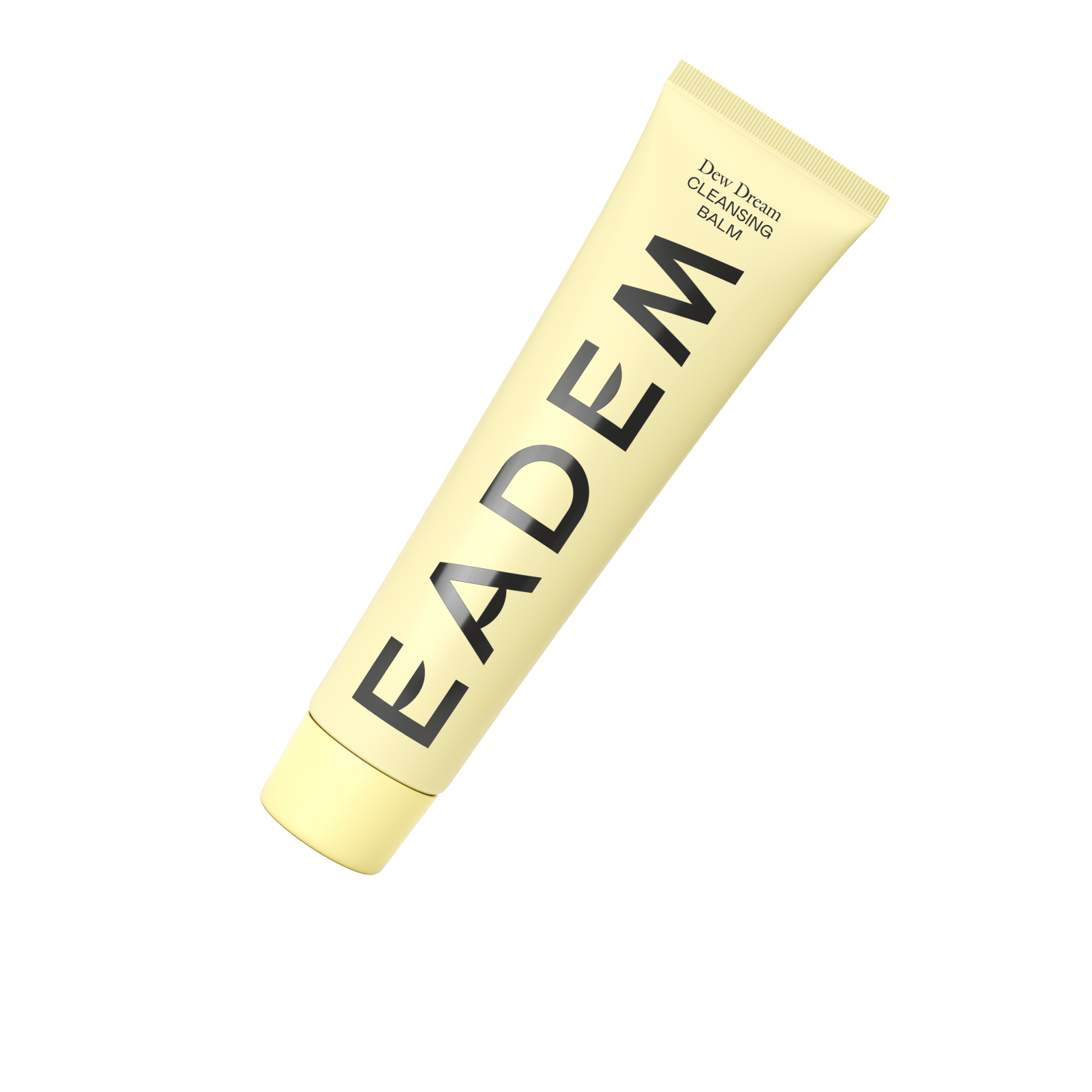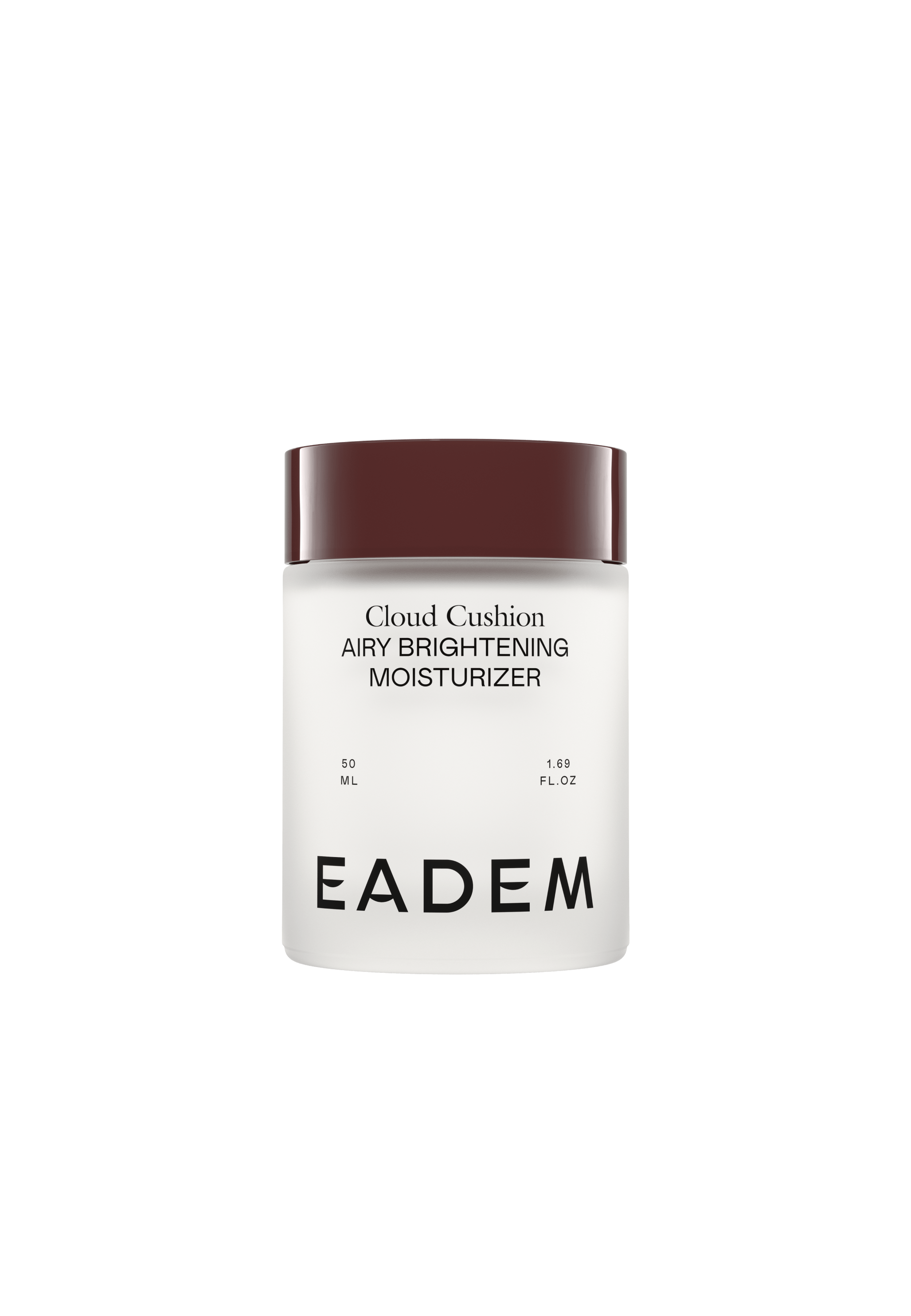The presence of turmeric can be traced back to nearly four thousand years ago. In Sushruta Samhita, a foundational text of Ayurveda, the Indian physician Sushruta recommends the use of an ointment containing turmeric to alleviate the symptoms of food poisoning in 250 BC.
Originally from South and Southeast Asia, turmeric grows as a verdant plant with a lean, spiny flower above ground. Beneath the earth its knobby, parched-looking root contains a center that, when sliced or grated, is golden in color. Turmeric was a medicinal and culinary mainstay throughout the Asian and African continents and amongst Indigenous communities for centuries. In my Bengali household, turmeric was ubiquitous: we applied it to our skin, consumed it for ailments, and without it cooking would have been impossible.
The late-capitalist postcolonial appropriation of turmeric from the global South (before that we were the “developing world” or the “third world”) by the global North (known as the “developed world” or the “first world”) illuminates the audacity and neglect with which white people have historically and categorically assumed authority over cultures not belonging to them, upending tradition into trend, and whitewashing it just enough that it erases historical and cultural context but imprinting upon it an exotic fetishism. Juices, tonics, milks, and lattes containing turmeric are often dubbed “elixirs,” as if alluding to some form of mysticism contained within the root, exoticizing an ingredient which has been a household and medicinal staple in South Asian, South East Asian, Indigenous, East African, South African, West African, and North African communities for thousands of years. A “Turmeric Elixir” is suggestive of a newly-discovered mystery potion, stripping turmeric of its cultural context and significance in just its naming, and shedding its colonial and post-colonial narrative as part of its rebranding. In its renaming alone, the root retains a fantastical exotic fetishism while being neutered into something easily palatable to the intended white consumer of means, and pushing out the people from whom the root was taken from. To the appropriator, turmeric is a means to a profitable end. To me, it’s Ammu’s cooking and Apu’s Gaye Holud; it’s Nanu at her sil-pata (stone slab) with her grinding stone, making a paste from freshly picked roots bought from the market just past dawn. It’s family and home.
Turmeric, as it is fashionably known today, is the colonial name of the root, which derives from Latin. In Sanskrit, one of the first languages which mentions turmeric, the root is named Haridra. It has 53 other names, including “Ratrimanika” (as beautiful as moonlight) and “Laxmi” (prosperity). I knew it by its Bangla name, Holud, meaning “yellow”. When I moved to America at the age of 20, I scanned the aisles of Indian, Bangladeshi and Pakistani grocery stores for “Haldi” (the Hindi and Urdu name for the root). Until my early twenties I was entirely unfamiliar with the word “turmeric” but then it suddenly became inescapable: Dr Oz waxed poetic to my parents on television about the health benefits of turmeric. In New York City I couldn’t pass a cafe or juice store without “GOLDEN MYLK LATTE!” and “TURMERIC ELIXIR” taunting me from menus.
Unlike wellness “gurus,” I could never be able to list the benefits of turmeric. However I could tell you that holud was so foundational to Bengali culture and to the subcontinent — before the borders and after the borders — to our neighbors, to the three generations of women before me, and the women and men generations before them, that the commodification and rebranding of such a mainstay food would have been, and remains today, comical.
An integral part of Bengali culture, Gaye Holud, which translates to “turmeric on the body,” is a pre-wedding celebration during which friends and family are invited to apply holud bata (turmeric paste) on the skin of those getting married. While the paste is smeared on the skin for its healing and beautifying properties that lends a deep glow to the skin, it is also done as an act of love and an imparting of blessings. Like most Bengali traditions, the Gaye Holud has always been communal in its essence: it gives friends and family an opportunity to converse and connect; younger family members and friends a chance to choreograph dances and musical performances. Food is abundant. And, towards end of the night, all furniture is pushed aside and even the shyest of aunties and uncles congregate on the makeshift dance floor with frenetic energy.
My first Gaye Holud was that of my aunt’s. It took place on the rooftop of my grandparent’s building. My mother, her brothers, and their friends decorated the open space with twinkling fairy lights, deep orange Genda phool (marigolds), and fragrant Rajanigandha (tuberose). In our family, it was tradition for Nanu, my grandmother, to prepare the turmeric paste; it was not so much ceremonial as it was a given. My grandmother procured fresh holud from the market the morning of the Gaye Holud, and then, seated on her low wooden stool, would grind it down into a paste on her sil pata with a grinding stone. When it was my turn to apply holud to my aunt’s skin at her Gaye Holud, I was giddy. To my six year old self, it seemed an immense privilege and responsibility to be able to express my love for my aunt through such an intimate and tender act. I took a generous helping of holud, deep yellow and cool on my fingertips, and gently smeared it along her cheek, already tinted yellow from prior applications by my elders.
More than twenty years later, at my cousin’s Gaye Holud, a year after my grandmother passed away, I felt the great weight of my grandmother’s absence. I missed her acts of devotion and care, rising at dawn to hurry to the fresh market to find the best picks of turmeric root, and then working them down into a paste with her slender hands and the heavy stone, into which we would later dip our fingers to impart our love and blessings, one singular act of love evolving into a communal expression of love.
Within the parameters of my culture and my people, turmeric isn’t a magical elixir. It evokes and enables customs of love and care. It’s the warm hue of my grandmother’s daal (which I long for now); the memories of innumerable Gaye Holuds I’ve attended; the go-to remedy lauded by pushy aunties at the faintest rise of a pimple. But beyond the safety of my Bengali family and my Bengali home, turmeric marked my “otherness.” Generously used in Bengali cooking as a spice, turmeric leaves a faint yellow trace on the fingernails, something that was brought to my attention when a white former co-worker commented on my “yellow fingernails” with a disgusted look. This exchange made me cognizant of my otherness and the otherness of my culture in an American landscape, within which it is constantly demanded of people who are not white to either assimilate or code-switch in order to placate the insecurities of white people who hold fast to their ignorance without fail.
While it was perfectly alright for white people to appropriate turmeric and propagate it as “mylks” and “elixirs” and still comfortably belong, my turmeric-stained nails, the sign of having eaten with my hands, marked me as uncouth, foreign, other. By commodifying and removing turmeric from its cultural context to suit a capitalist marketplace, the West further pushes people for whom these foods evoke a way of life, comfort, home to the margins.
Since the rapid rise and popularity of turmeric in the beauty and wellness industry, it seemed that turmeric would be fated to cultural and historical erasure, but Black and POC-owned brands such as Pratima, Golde, Aavrani, Soma Ayurvedic, Ranavat and Diaspora Co. are reclaiming a lost narrative. The wellness brand Golde was born when co-founder Trinity Mouzon Wofford became disillusioned by the holistic healthcare system that had become financially inaccessible for her mother, who was receiving care for an autoimmune disease. Mouzon Wofford was studying medicine at New York University to become a holistic MD, but abandoned her dreams because of the lack of access and intersectionality in holistic care. Eventually, Mouzon Wofford returned to holistic care by founding Golde with her fiancé Issey Kobori, with the intention of fostering inclusivity, instead of being yet another wellness brand to cater to wealthy white women. Diaspora Co., founded by Sana Javeri Kadri, was established with the vision of equity and the intent of reframing what it means to be “Made in India.” Working closely with partner farmers, who have historically been exploited and erased in the mass commodification of turmeric, Diaspora Co. works actively to decolonize the spice trade, and reclaims ownership of the production and sale of turmeric according to a principle of “for us, by us”, as Javeri Kadri states.
This ethos of “for us, by us” is central to these Black and POC-owned brands: they control the narrative. Situating turmeric within a cultural context that locates its origins, history, and social significance, these brands honor a thousands year-old staple and its traditions by staying true to its narrative and reconfiguring it to adapt to more modern times. Their work is vital not only because they protect and preserve cultural practices and traditions, but also because they empower people and communities to take pride in and hold close to what inherently belongs to them, making it permissible — encouraging even — to embrace home and the feeling of belonging.


